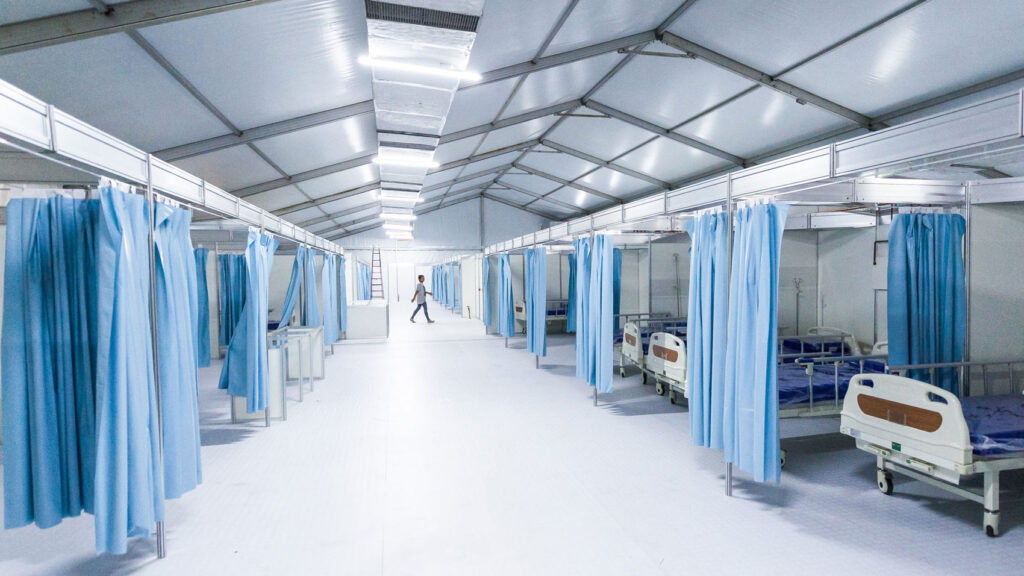Architecture and Healthcare
Architecture for the Healthcare
The architecture of hospitals should be designed to provide efficient patient care, with well-planned layouts, ample space, and easy accessibility. Hospitals often feature modern designs, incorporating natural lighting, soothing color schemes, and elements of nature to create a healing environment.
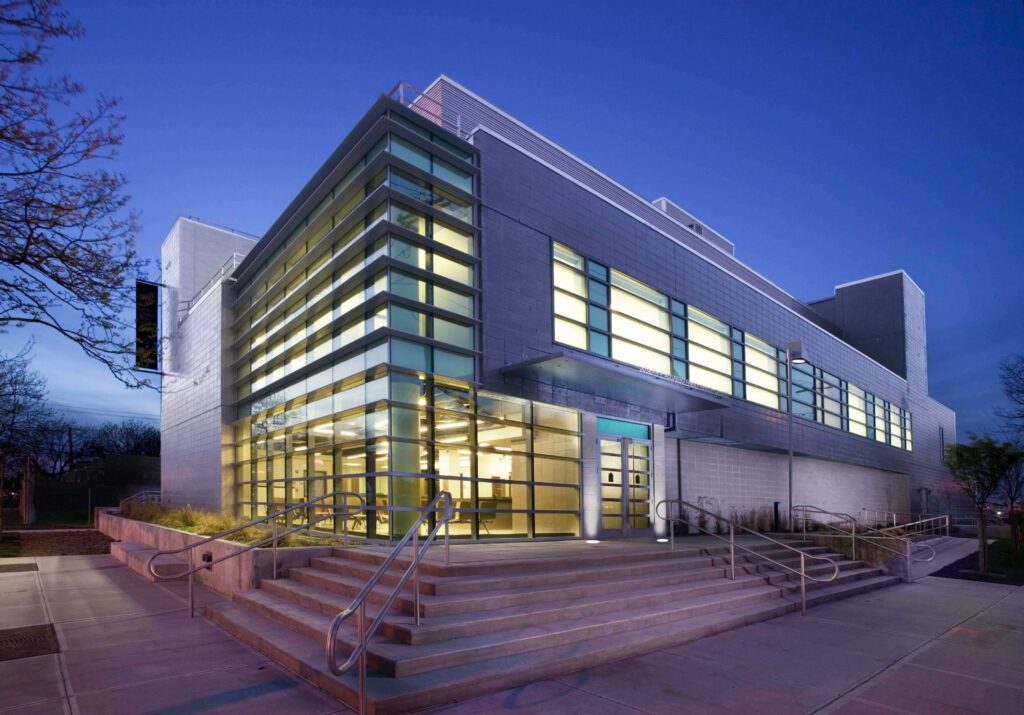
Here is a suggested architectural approach for Healthcare

Functional Design
Healthcare facilities need to be designed with the functional requirements of different departments in mind. This includes considerations for patient flow, staff efficiency, infection control, and accessibility.
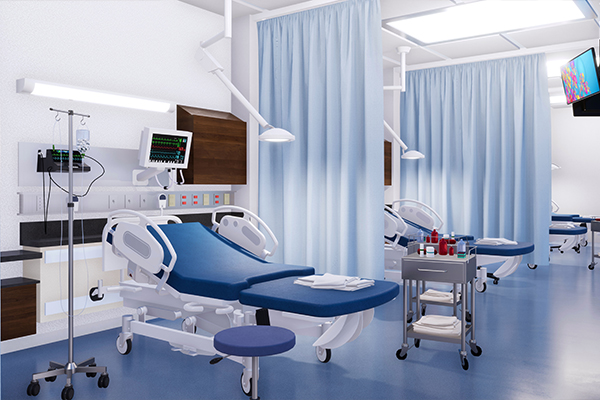
Patient-Centered Design
A patient-centered approach focuses on creating a healing and comforting environment for patients. Architecture can play a role in reducing stress and enhancing well-being by incorporating natural light, views of nature, soothing colors, and comfortable spaces.

Infection Control
Healthcare facilities must prioritize infection control to prevent the spread of diseases. Architecture can contribute to infection control by incorporating features such as isolation rooms, hand hygiene stations, appropriate ventilation systems, and well-designed layouts that minimize the risk of cross-contamination.

Information Technology Infrastructure
The architecture of healthcare facilities should support the integration and interoperability of various information technology systems. This includes electronic health records (EHRs), telemedicine capabilities, medical imaging systems, communication networks, and data security measures.
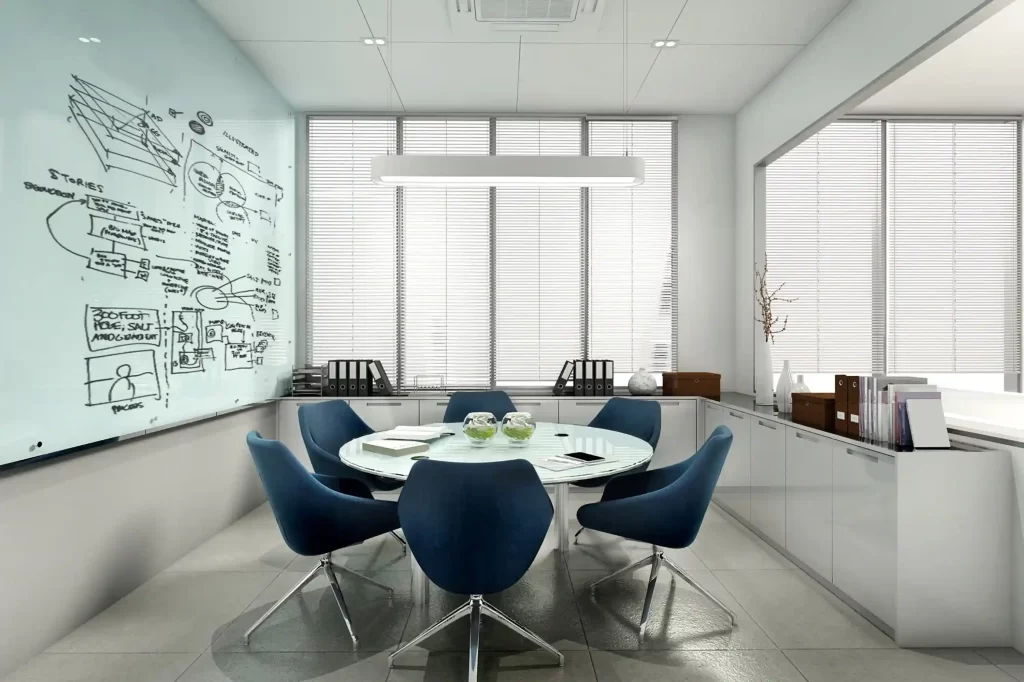
Flexibility and Scalability
Healthcare architecture should be flexible and adaptable to accommodate changes in medical technology, evolving care delivery models, and shifts in patient volumes. Designing spaces with modular components and flexible layouts can facilitate future expansions or repurposing of areas as healthcare needs evolve.
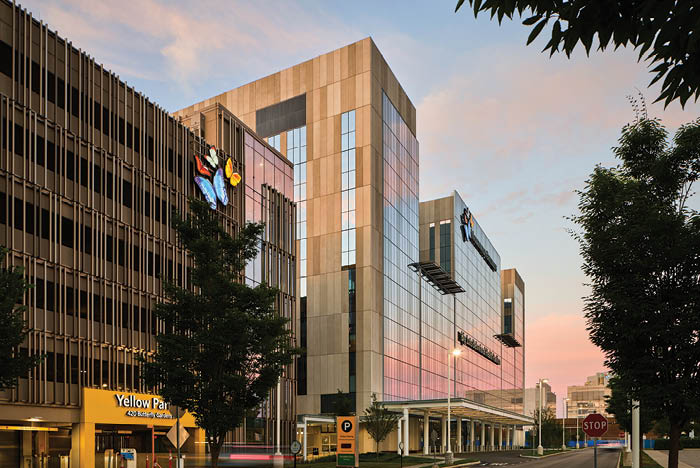
Safety and Security
Patient and staff safety are paramount in healthcare facilities. Architecture should incorporate appropriate security measures, such as controlled access points, surveillance systems, and emergency response systems.
Our Unique approach to Healthcare sector planning, Design & Construction
Stakeholder Engagement
Engage key stakeholders, including healthcare providers, administrators, patients, and community members, right from the planning phase. Their insights and perspectives can help shape the design and ensure that the facility meets the specific needs of the community it serves.
Patient-Centric Design
Emphasize patient-centric design principles to create a healthcare environment that promotes healing, comfort, and well-being. Consider incorporating features such as natural light, healing gardens, art installations, and personalized spaces to create a welcoming and calming atmosphere.
Integration of Technology
Leverage the latest advancements in healthcare technology to enhance patient care, efficiency, and safety. This may include incorporating telemedicine capabilities, smart building systems, robotic automation, IoT-enabled devices, and seamless connectivity throughout the facility.
Sustainable and Green Design
Prioritize sustainability and environmental responsibility in your healthcare projects. Incorporate energy-efficient systems, renewable energy sources, water conservation measures, and sustainable materials. Aim for LEED (Leadership in Energy and Environmental Design) or other green building certifications to demonstrate your commitment to sustainability.
Flexibility and Adaptability
As sustainability becomes increasingly important for businesses, architects with experience in sectors such as healthcare, education, or hospitality can bring valuable insights into creating environmentally friendly and energy-efficient corporate spaces. Knowledge gained from designing green buildings in other sectors can be applied to the corporate sector, helping organizations reduce their carbon footprint and achieve sustainability goals.
Modular and Prefabricated Construction
Explore the use of modular and prefabricated construction techniques to expedite the construction process while maintaining quality. This approach can help reduce project timelines, minimize disruptions to ongoing operations, and allow for future flexibility and expansion.

